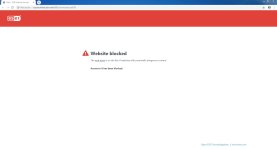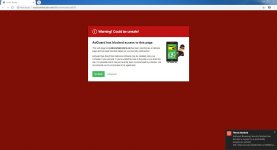- May 31, 2017
- 1,820
Great insight plat1098! And to that, I would like to add the issues of UAC's method of prompting. In short, UAC displays a required, affirmative user prompt without file insight or user recommendations. The prompt should not require the user to respond to it... for obvious reasons, this is dangerous. Second, the prompt should include file insight and user recommendations so the user can make an informed decisions.I think this is getting a little complicated and over-thought, speaking from a basic user's perspective. Has anyone examined how another security software alerts a user to a potential threat? It's not all these messages to contemplate and mull over plus various mechanisms to choose from. It's usually just one, plus a menu of what to do next. Look at HitmanPro. Alert: it's a banner blocking your entire desktop plus a Windows chime. That's about the ultimate in warnings!
I think if Defender is set to give an audible warning, you will get that plus a text warning. This combo would be very difficult to ignore but hard to say whether a given user will proceed regardless. You want to close that hole a little more that a user will proceed regardless of warnings. At some point, the software has to back away and say "OK, you've been warned." This is often a very quick dynamic; people maybe want whatever that is now, not after having leisurely thought about it. This is often my mindset.
Like this would be good if a user somehow ended up on a bogus shopping site or as Andy Ful mentioned, prepared to open an email with a malicious attachment socially engineered to be relevant.
This is why when people suggest that novice users are unable to handle VS prompts, but they are somehow able to handle UAC prompts, I am just absolutely baffled.




